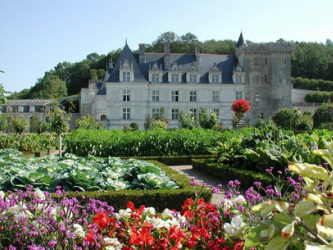 Villandry
Villandry I was glancing through old photos I'd taken of French gardens in the Loire Valley and Versailles. Much topiary, box, yews and grand vistas with axis galore and intimidating scales. Large garden urns are a must to provide height.
Although not my style I think Villandry in the Loire is the most magnificent potager I have seen, and was the inspiration behind Rosemary Verey's scaled down version at Barnsley house which launched a thousand imitations.
One garden I haven't visited in the Loire is on the top of my bucket list to see - Le Prieuré d’Orsan. The house and gardens have been completely restored to their past monastic glory by the current owners. There was a great article about it in the Wall Street Journal's magazine section.
On a more modern note, if you are visiting the Loire Valley, and interested in gardens, an absolute must is the annual lInternational Garden Festival at Chaumont-Sur-Loire. This international showcase of contemporary design attracts over 150,000 people each year and features over 30 gardens created within and around the idyllic setting of the château. The festival was started in 1992, and features a new theme each year with a mission to provide a source of magic and inspiration. The gardens are often strange, usually entertaining, sometimes futuristic or far-fetched and range from the simplest to the most incredible.
Although not my style I think Villandry in the Loire is the most magnificent potager I have seen, and was the inspiration behind Rosemary Verey's scaled down version at Barnsley house which launched a thousand imitations.
One garden I haven't visited in the Loire is on the top of my bucket list to see - Le Prieuré d’Orsan. The house and gardens have been completely restored to their past monastic glory by the current owners. There was a great article about it in the Wall Street Journal's magazine section.
On a more modern note, if you are visiting the Loire Valley, and interested in gardens, an absolute must is the annual lInternational Garden Festival at Chaumont-Sur-Loire. This international showcase of contemporary design attracts over 150,000 people each year and features over 30 gardens created within and around the idyllic setting of the château. The festival was started in 1992, and features a new theme each year with a mission to provide a source of magic and inspiration. The gardens are often strange, usually entertaining, sometimes futuristic or far-fetched and range from the simplest to the most incredible.
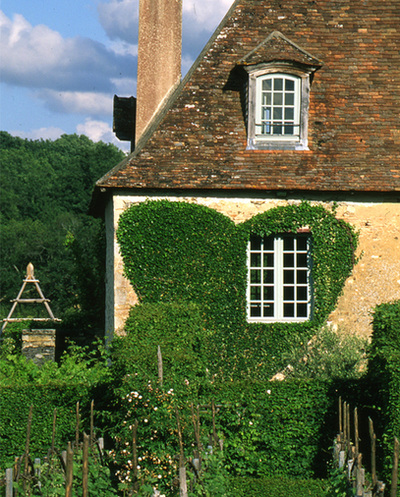
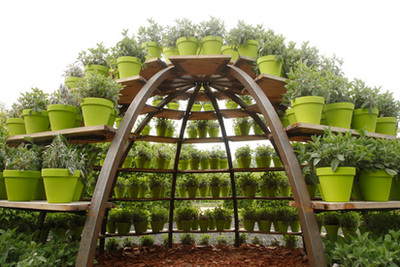
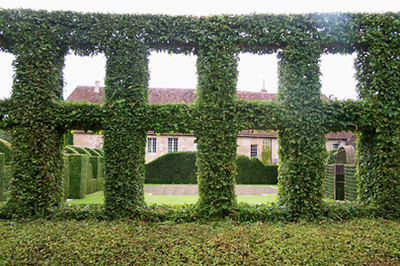
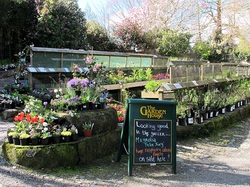
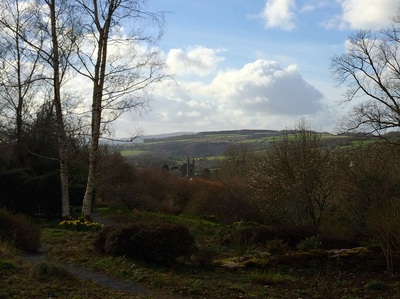
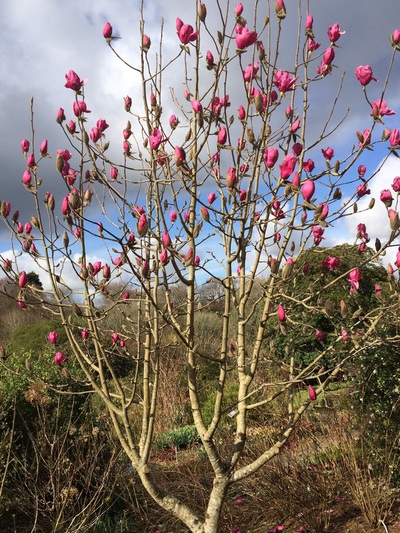
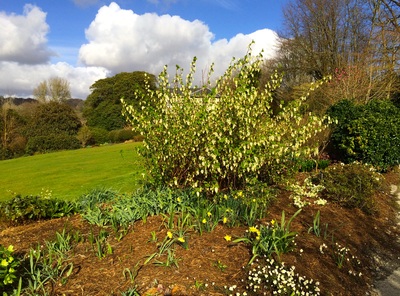

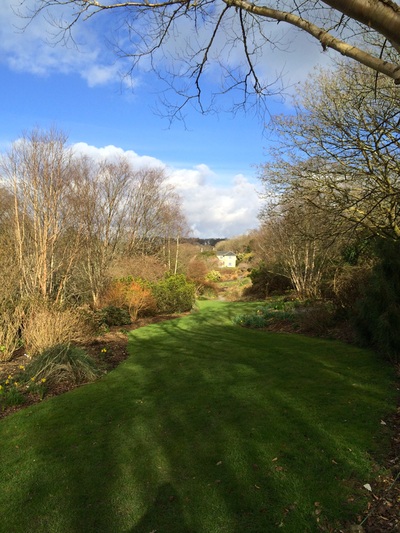
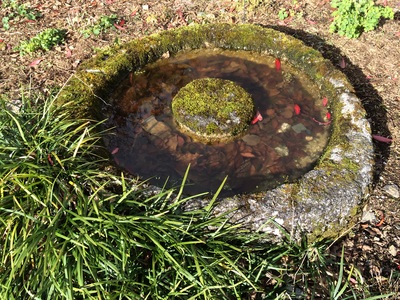
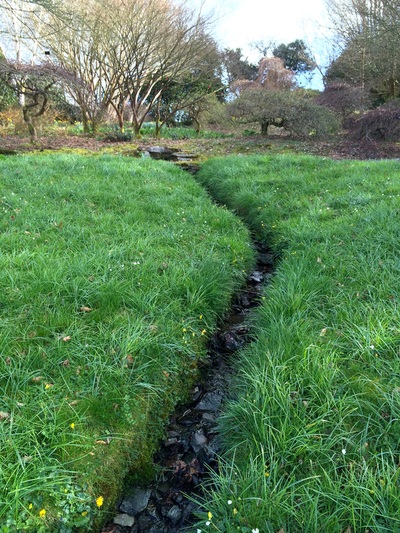
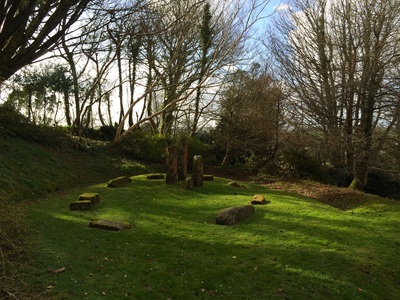
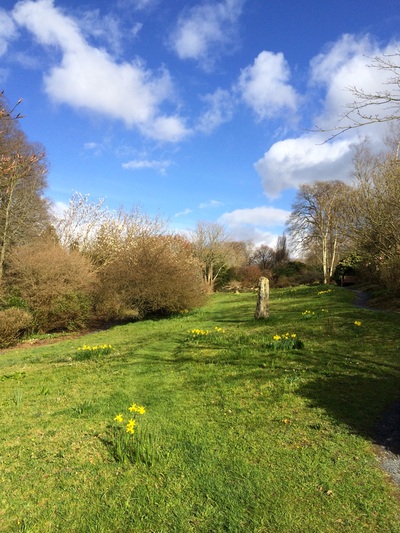
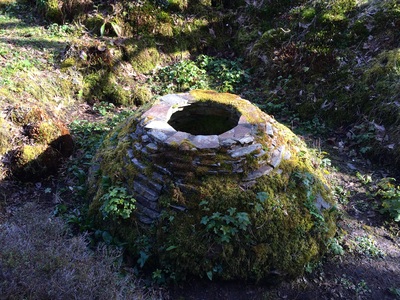
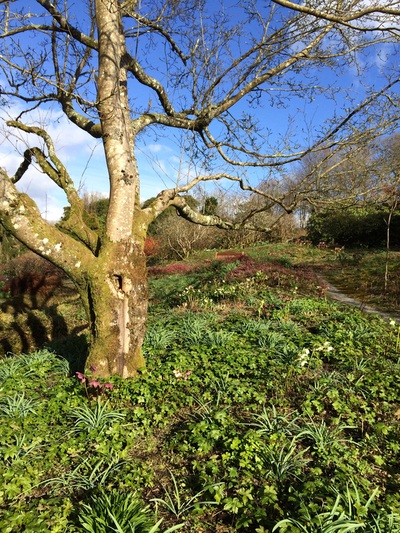
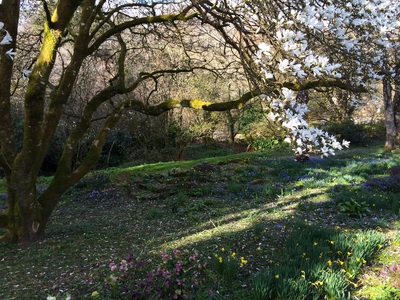
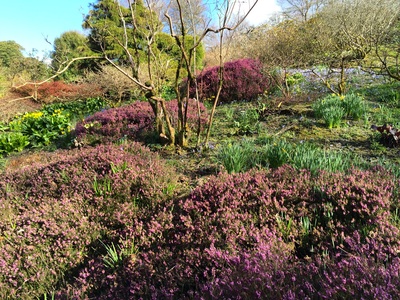
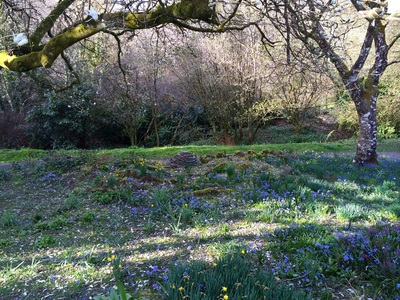
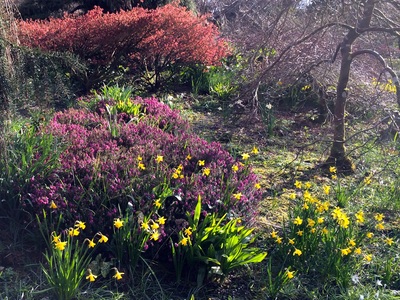

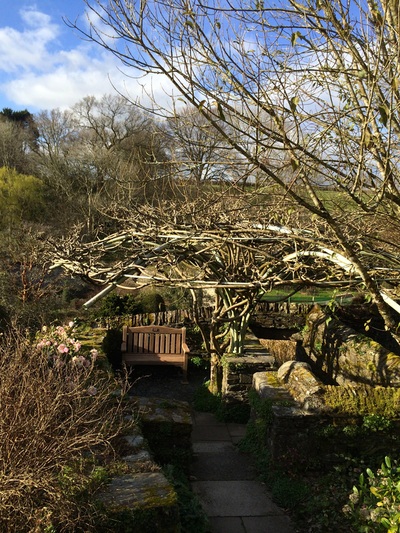
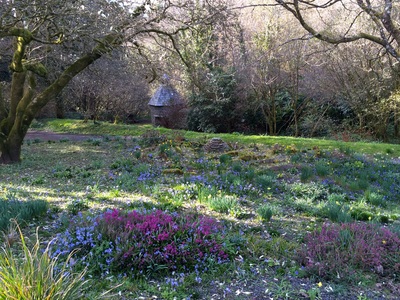
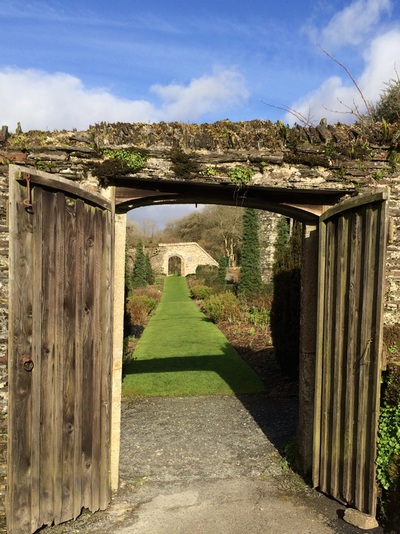
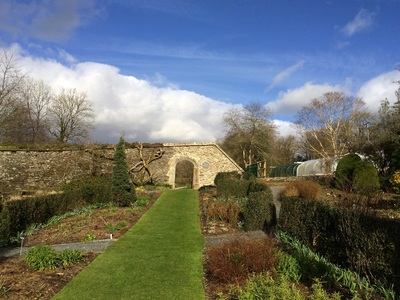
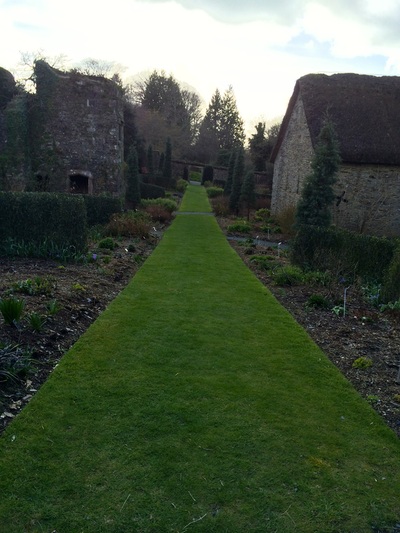
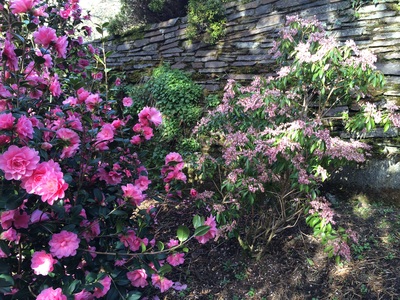
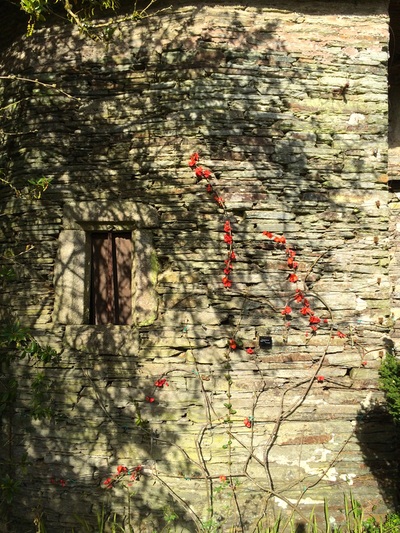
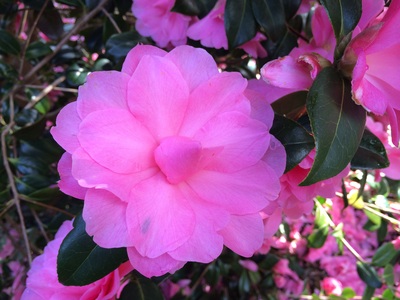
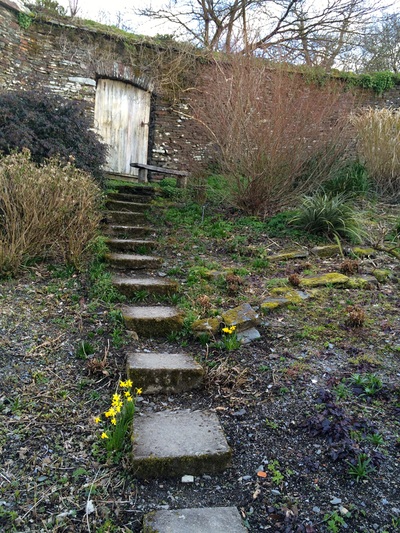
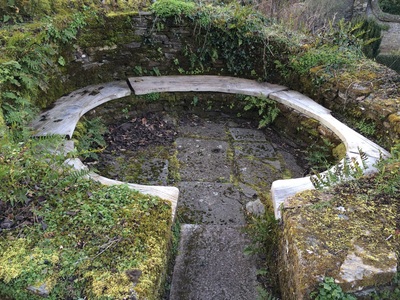
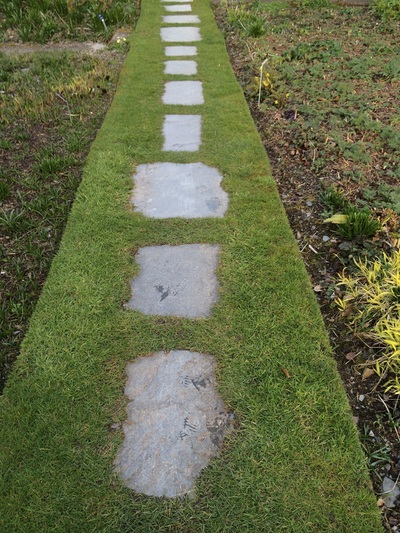
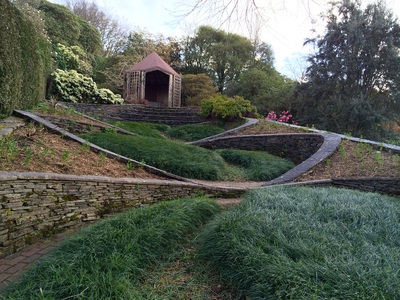
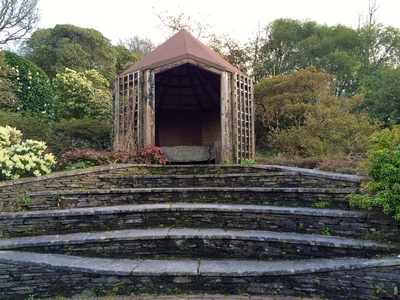
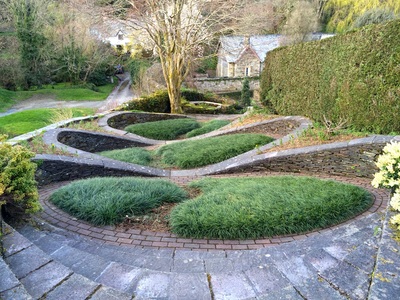
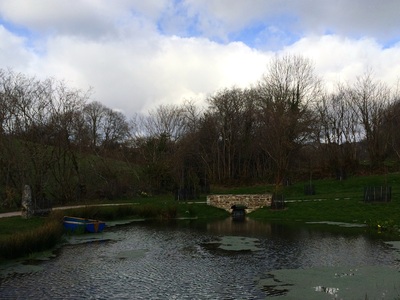
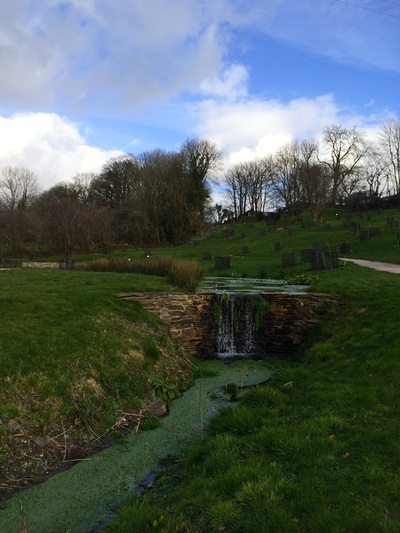
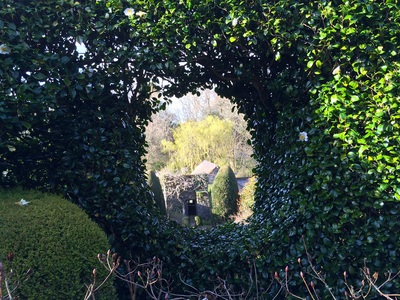
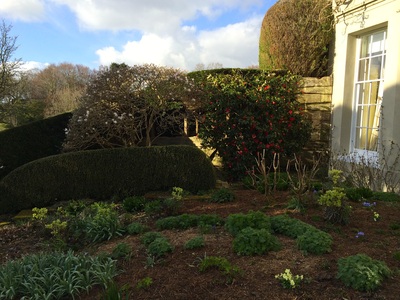
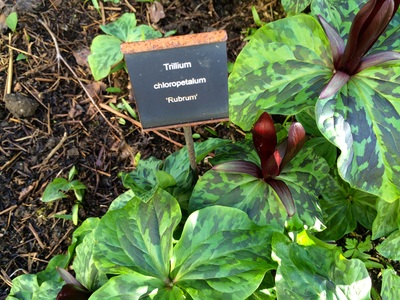
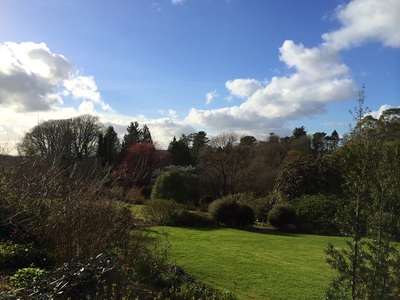
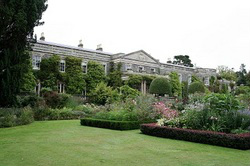
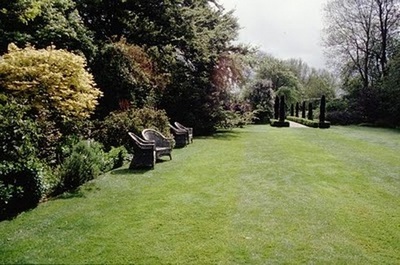
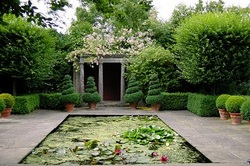
 RSS Feed
RSS Feed
